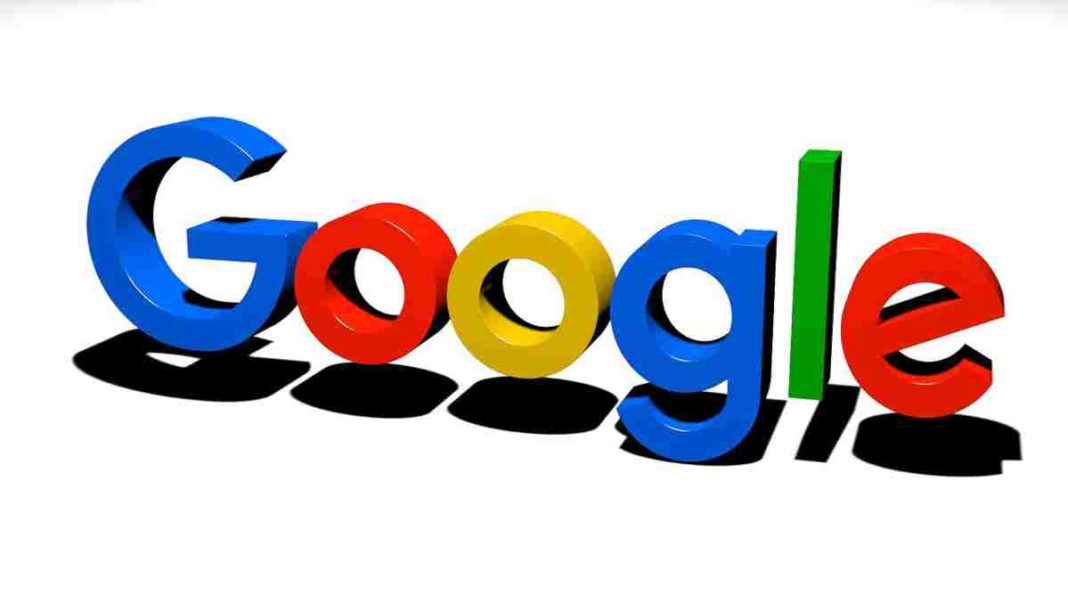UNITED STATES: In the realm of generative AI, tech giant Google has introduced a futuristic multimodal language model known as AudioPaLM. This innovative model combines the strengths of two existing models—PaLM-2 and AudioLM—to create a comprehensive framework capable of processing and generating both written text and spoken language.
AudioPaLM’s applications span a wide range of domains, including speech recognition and speech-to-speech translation. Leveraging the expertise of AudioLM, AudioPaLM can capture non-verbal cues such as speaker identification and intonation, while simultaneously incorporating the linguistic knowledge embedded in text-based language models like PaLM-2. The model also boasts unique capabilities, such as transferring voices across languages based on concise spoken prompts.
Fundamentally built upon a large-scale Transformer model, AudioPaLM expands upon existing text-based language models by enriching its vocabulary with specialized audio tokens. This enhancement, coupled with a comprehensive task description, enables the training of a single decoder-only model that can handle a variety of tasks involving both speech and text, in various combinations.
These activities include speech synthesis, speech-to-text translation, and speech recognition. By unifying traditionally segregated models into a cohesive architecture and training process, AudioPaLM achieves remarkable performance on speech translation benchmarks and delivers competitive outcomes in speech recognition tasks.
Notably, AudioPaLM excels at converting speech into text for previously unseen language pairs without requiring prior training. It preserves paralinguistic information such as speaker identity and intonation, a characteristic often lost in conventional speech-to-text translation systems. The system is anticipated to outperform existing solutions in terms of speech quality, as validated by automatic and human evaluations.
The research paper highlights additional opportunities for further exploration, including audio tokenization to identify desirable audio token properties, develop measurement techniques, and optimize accordingly.
Furthermore, the need for well-established benchmarks and metrics in generative audio tasks is emphasized to foster research advancements, as current benchmarks predominantly focus on speech recognition and translation.
It is worth mentioning that AudioPaLM is not Google’s first foray into audio generation. The business previously revealed MusicLM, a high-fidelity music generative model that uses AudioLM’s capabilities to generate music from text descriptions.
MusicLM adopts a hierarchical sequence-to-sequence approach to generate smooth music at 24 kHz. Google also introduced MusicCaps, a curated dataset comprising 5.5k music-text pairs designed for evaluating text-to-music generation.
Meanwhile, Google’s competitors are not lagging behind in the audio generation domain either. Recently, Microsoft released Pengi, an audio language model that uses transfer learning to do text-generation tasks. With the integration of audio and text inputs, Pengi can generate free-form text output without requiring additional fine-tuning.
Additionally, Meta, under the direction of Mark Zuckerberg, introduced MusicGen, which aligns the generated music with pre-existing melodies by using the power of transformer architecture to create music from textual prompts. Similarly, Meta’s Voicebox, a multilingual generative AI model, excels at various speech generation tasks through in-context learning, even for tasks it was not explicitly trained for.
However, OpenAI, backed by Microsoft and considered a leader in the generative AI space, seems to have taken a backseat in the race for music generation. The creators of ChatGPT have made no recent announcements in this particular domain.
As the field of generative AI continues to evolve, Google’s AudioPaLM marks a significant advancement, pushing the boundaries of multimodal language models and paving the way for enhanced speech-related applications and translation capabilities.
Also Read: Google Resolves Bug Allowing WhatsApp Microphone Access on Android, Issues Apology to Users



